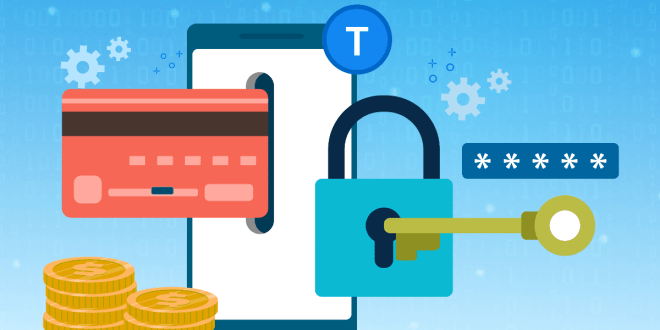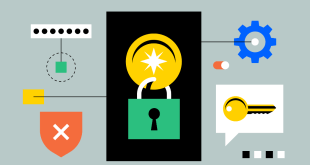In the rapidly evolving landscape of digital transactions, security and authentication are of paramount importance. Traditional authentication methods have faced increasing challenges in safeguarding sensitive financial information. However, there’s a new frontier that promises to revolutionize secure payment authentication—tokenization. In this comprehensive blog, we explore the concept of tokenization, its applications, and how it addresses the limitations of conventional authentication methods. Let’s delve into the world of tokenization and its potential to reshape the way we secure online payments.
Understanding Traditional Authentication Methods
In the realm of digital transactions, traditional authentication methods have been the go-to choice for verifying user identity. These methods often rely on personal identifiers like passwords, PINs, and security questions. While they have served us well for a time, they are not without their shortcomings. Hackers have become adept at exploiting vulnerabilities in these methods, leading to an increase in identity theft and fraud.
The Rise of Tokenization
Tokenization offers a groundbreaking approach to address the vulnerabilities of traditional authentication. At its core, tokenization replaces sensitive payment data, such as credit card numbers or bank account details, with unique identification symbols called tokens. These tokens are meaningless to would-be attackers, rendering the stolen data useless. By decoupling sensitive information from the transaction process, tokenization significantly reduces the risk of data breaches.
How Tokenization Works
In a tokenization system, when a user initiates a payment, their sensitive data is intercepted and sent to a secure tokenization service. This service generates a token, which acts as a surrogate for the original data. The token, together with the transaction information, is sent to the payment processor, where the actual payment is authorized and completed. The merchant receives the token and transaction details, never having access to the original sensitive information.
Tokenization and API-Based Authentication
Tokenization finds a natural fit in API-based authentication, where secure data exchange between applications is vital. Instead of sharing actual user credentials or payment information, APIs can exchange tokens. This method not only enhances security but also streamlines the payment process, reducing friction and enhancing the user experience.
The Network Authentication Methods
Network authentication methods have also embraced tokenization to bolster security. Instead of transmitting actual user credentials over the network, tokens are used to authenticate and authorize users. This approach safeguards sensitive data from eavesdropping and man-in-the-middle attacks, making it a preferred choice for secure network communication.
Advantages of Tokenization
Tokenization comes with a plethora of advantages, making it an attractive option for businesses and users alike. Some key benefits include:
Enhanced Security:
Tokenization minimizes the risk of data breaches, as tokens have no value outside the specific context in which they are used.
Simplified Compliance:
Tokenization helps businesses comply with data protection regulations like GDPR and PCI DSS, as sensitive data is not stored on their systems.
Improved User Experience:
With reduced friction in payment processes, tokenization contributes to a smoother and more convenient user experience.
Challenges and Considerations
While tokenization presents a compelling solution, it’s essential to acknowledge potential challenges and considerations. For instance:
Integration Complexity:
Implementing tokenization in existing systems may require careful planning and resources.
Single Point of Failure:
The tokenization service becomes a single point of failure, necessitating robust security measures to protect it.
Final Words
Tokenization represents a significant step forward in secure payment authentication. By replacing sensitive data with tokens, this innovative approach fortifies the digital transaction landscape against ever-evolving cyber threats. Embracing tokenization not only enhances security but also fosters trust and confidence among users and businesses.
Commonly Asked Questions
Q1: How does tokenization prevent data breaches?
Tokenization replaces sensitive data with tokens that have no intrinsic value, rendering stolen data useless to attackers. Even if hackers breach the system, the tokens alone cannot be used to access the original data.
Q2: Is tokenization compliant with data protection regulations?
Yes, tokenization helps businesses comply with data protection regulations such as GDPR and PCI DSS since sensitive data is not stored in their systems.
Q3: Can tokenization be integrated into existing systems easily?
While integration may pose some challenges, with proper planning and resources, tokenization can be successfully implemented in existing systems.
Q4: Is the tokenization service vulnerable to attacks?
The tokenization service should be protected with robust security measures, as it becomes a single point of failure in the authentication process.
Q5: How does tokenization impact the user experience?
Tokenization streamlines the payment process, reducing friction and enhancing the user experience by offering a secure and convenient way to conduct transactions.
 webfily
webfily



